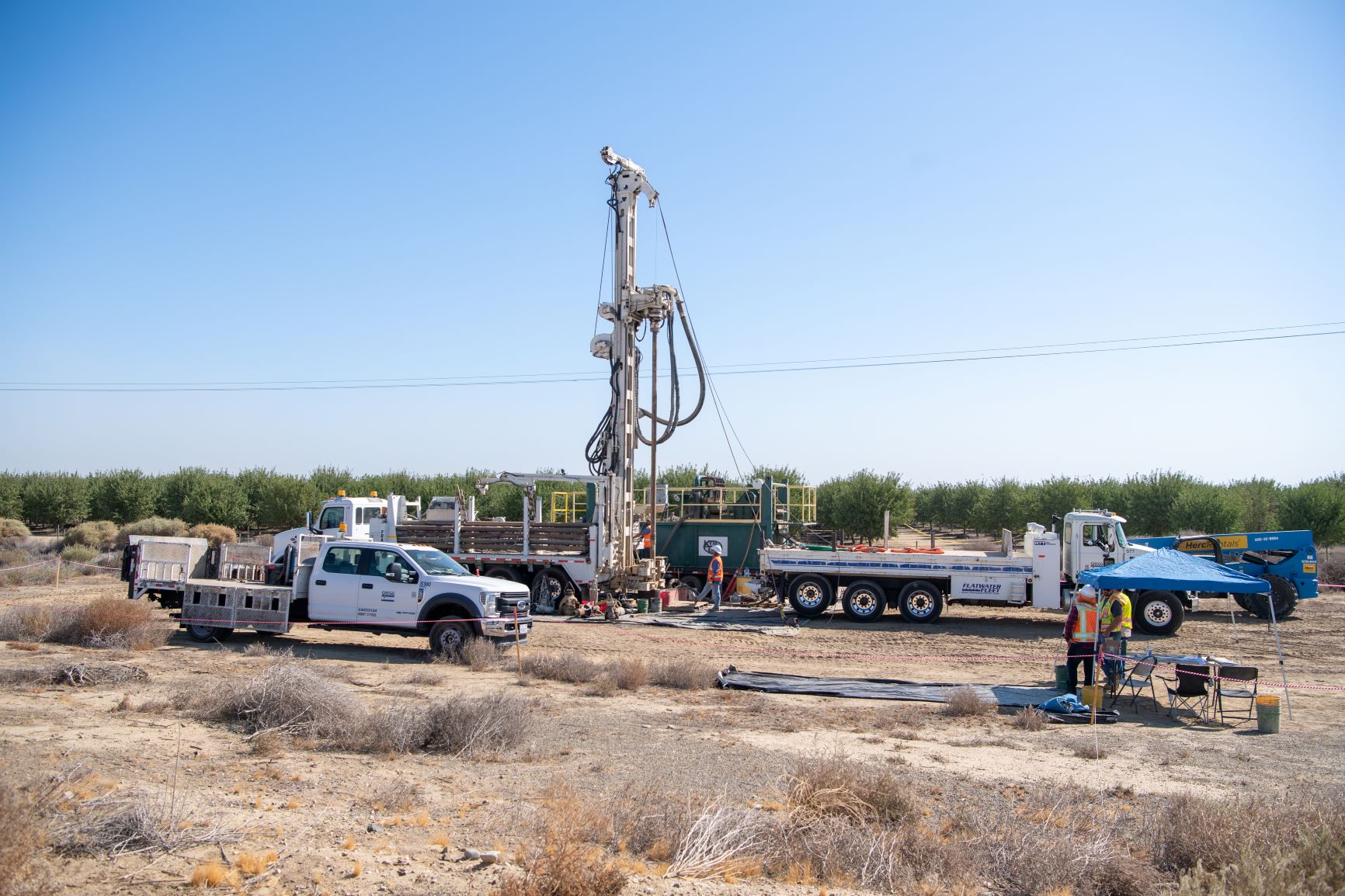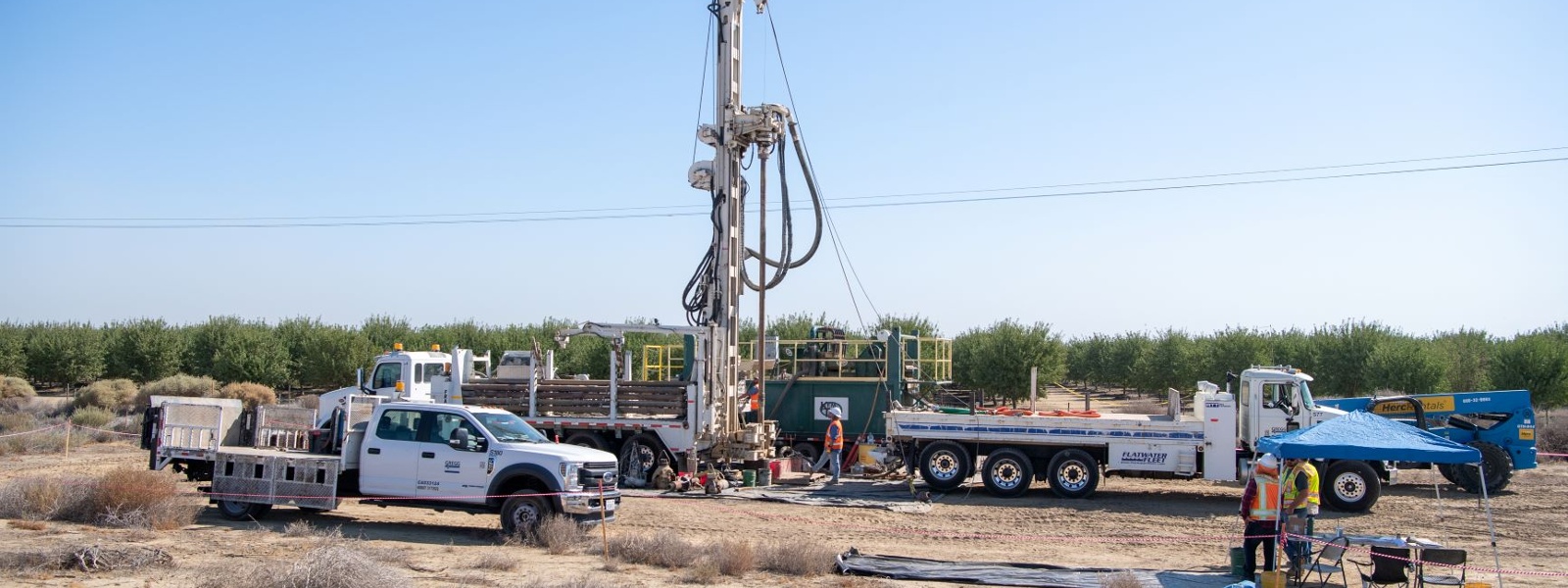Hearings pending on aquifer plans for six subbasins


By Christine Souza
Local agencies for six San Joaquin Valley subbasins, facing possible state intervention after their groundwater sustainability plans were deemed inadequate, have learned more about next steps from California water officials.
At a workshop of the California State Water Resources Control Board last week, members identified a schedule for potential probationary hearings for the six plans, including for the Tulare Lake, Tule, Kaweah, Kern County, Delta-Mendota and Chowchilla subbasins.
“It’s not ‘pencils down’ for our basins here. Folks need to continue to work diligently through their issues so that they’re winnowed down as they come before the board,” said E. Joaquin Esquivel, chair of the state water board. “We’re here to do our part and get folks back to local control.”
In March, the California Department of Water Resources determined plans for the six basins to be inadequate because they were missing information that the state needs to determine compliance.
DWR officials said plans must show a roadmap for how groundwater basins will achieve long-term sustainability by limiting overdraft, land subsidence and impacts to drinking water. An inadequate determination triggers the state intervention process, which authorizes the state water board to step in to manage the basin.
Under the 2014 Sustainable Groundwater Management Act, local agencies must implement groundwater plans that demonstrate how they intend to balance the state’s challenged groundwater supplies within a 20-year timeframe.
Soren Nelson, state relations advocate at the Association of California Water Agencies, a statewide coalition of water agencies, emphasized to the board that groundwater sustainability agencies have completed a significant amount of work to get to this point in the SGMA process.
“We’ve come a long way since SGMA was passed,” Nelson said. “And of the hundreds of GSAs (groundwater sustainability agencies) and local agencies that have worked towards this goal, we’ve made significant progress statewide.”
He added, “These agencies deemed inadequate by DWR face pretty challenging local conditions and have limited resources to develop and implement their plans.”
For agencies to satisfy deficiencies identified by DWR, Nelson recommended that the board be very clear about what is needed. Clarity, he said, “is going to be really critical for the success of this process.”
Nelson added, “This is a pretty cataclysmic change for a lot of folks. We’re all new to this process and I know that the board does not have infinite resources of its own.”
The water board scheduled its first probationary hearing in December for the Tulare Lake subbasin.
Amer Hussain, senior principal engineer for water development for Geosyntec Consultants in Fresno, addressed the board on the Tulare subbasin. He discussed flooding from nonstop storms this winter that resulted in the return of the former Tulare Lake.
“We’ve got about half a million acre-feet of water in the lake right now, and that’s primarily in our subbasin,” Hussain said. “A couple of our GSAs estimate that they probably will not be turning on any wells for the next two years based on the amount of water that we have coming into the subbasin.”
Hussain identified actions agencies are taking to comply with SGMA, including reducing water demand, monitoring groundwater, building recharge facilities, studying subsidence and working regionally to solve problems.
“The subbasin has plans in place to identify potential areas that might have a problem before wells start going dry or before a subsidence impact starts to occur to critical infrastructure,” he said.
James Fisher, a water resources engineer for the Mid-Kaweah GSA, told the board that the agency, in coordination with others in the Kaweah subbasin, is working daily to address deficiencies in its plan.
“We have developed and implemented tools for management actions to reduce groundwater pumping in dry years, increasing recharge in wet years and mitigating for impacts,” Fisher said.
On behalf of the Delta-Mendota subbasin, Chase Hurley, general manager for the Pacheco Water District in Los Banos, said local agencies are taking an “aggressive approach” to resolve deficiencies identified by DWR.
“The landowners, farmers, local communities and others in our subbasin all rely on the groundwater basin and have taken to heart the latest deficiency letter,” Hurley said. “We as a group understand that we’re going to have to take a different approach to meet the objectives of SGMA.”
In coordination with 23 groundwater sustainability agencies, Hurley said, the subbasin is consolidating all six groundwater sustainability plans into one plan and is working with experts to transition to a single plan.
“It is modifying our approach, so we can allow for consistency across this very long and diverse subbasin,” Hurley said. “The technical work to date has been focused on revisions to the water quality and subsidence sustainable management criteria, and the development of a new water budget.”
State water board member Laurel Firestone recognized the local agencies for embracing SGMA and working to achieve success.
“On the other hand, we do have a really important role here as part of SGMA to make sure that we’re the backstop,” Firestone said.
Agencies may update plans before a probationary hearing, precluding the need to designate the basin as probationary, state water board staff noted, adding that staff must receive updated GSPs with time for review to be considered.
Probationary hearings for the six subbasins are scheduled to begin in December and conclude by January 2024.
To learn more about the state intervention process, visit https://www.waterboards.ca.gov/water_issues/programs/sgma/.
(Christine Souza is an assistant editor of Ag Alert. She may be contacted at csouza@cfbf.com.)




